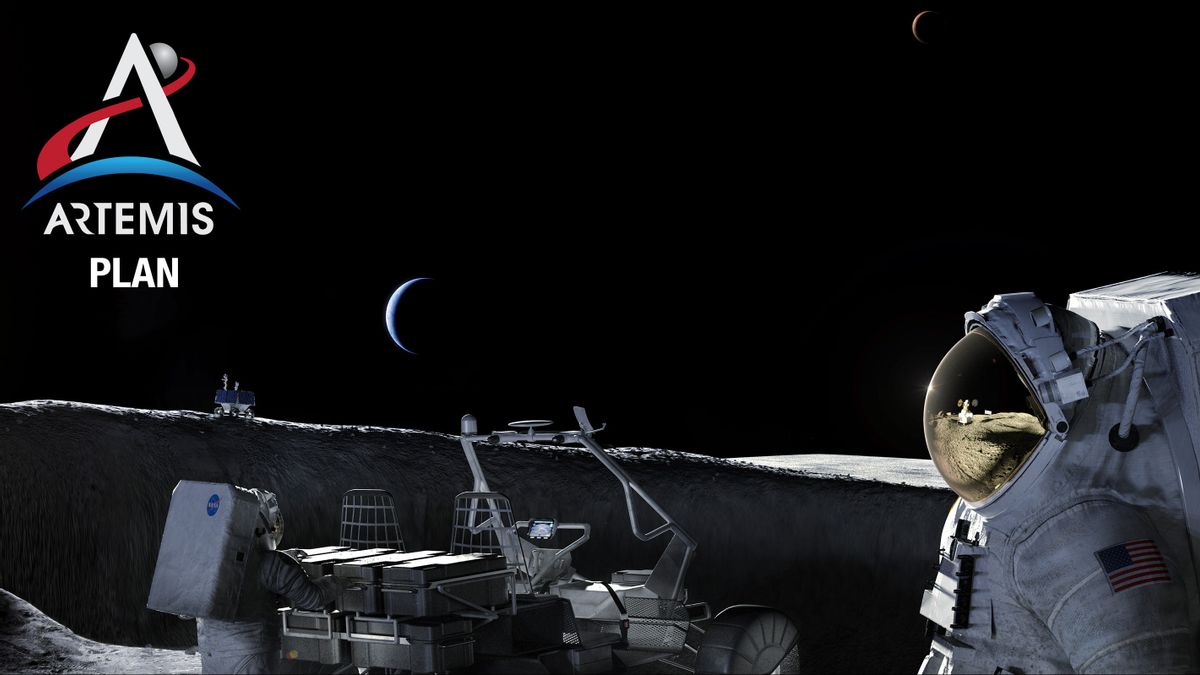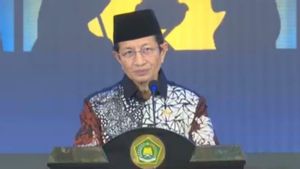JAKARTA - The human landing program on the second Moon, Artemis, was re-developed by NASA.
This time, the agency has released a request for proposals from aerospace companies to join the program.
The request for a proposal for the idea aims to provide redundancy and resilience to the Artemis program.
It is known, NASA is currently working to build a long-term human presence in and around the moon in the late 2020s.
In 2021, NASA announced it had chosen SpaceX's Starship as a launch vehicle for the program's first crewed surface mission, Artemis 3.
Artemis 3 will be scheduled to land near the lunar south pole by 2025 or 2026. Meanwhile, in March this year NASA said it plans to encourage the development of a second manned lander.
"The work carried out under this invitation, in addition to the development of current landers and ongoing studies, will help build the foundation for long-term space exploration," said program manager of the Human Landing System (HLS) at NASA Marshall Space Flight Center, Lisa Watson-Morgan.
Launching Space, Sunday, September 18, later, the winning company will make an unmanned landing followed by a manned landing no earlier than the Artemis 5 mission in the late 2020s.
If eligible, they will be with SpaceX to complete the lunar landing service contract on the next mission. The proposal will mature on November 15 this year.
SpaceX's contract with NASA has similar requirements, crewed test flights are part of the Artemis 3 mission.
While SpaceX does not appear to be allowed to bid for a new contract, NASA wants the Starship to be part of the Artemis program in the long term.
NASA plans to use the option in SpaceX's existing contract, asking the company to develop the Artemis 3 Starship design and meet a series of extended requirements, to maintain missions on the Moon and make other crew demonstrations landings.
The Artemis program could increase rapidly in a matter of days. Currently, NASA is preparing for the Artemis 1's first test flight program to use the Space Launch System (SLS) rocket to send the Orion capsule on an unmanned journey to lunar orbit and return to Earth on Wednesday, September 27.
The English, Chinese, Japanese, Arabic, and French versions are automatically generated by the AI. So there may still be inaccuracies in translating, please always see Indonesian as our main language. (system supported by DigitalSiber.id)













